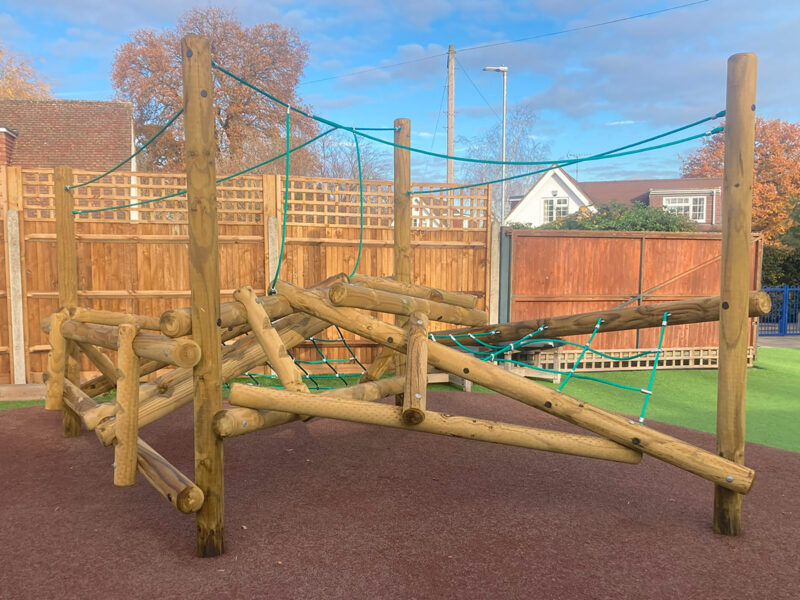
Playsourcehome – Choosing play equipment based on your child’s age and stage helps ensure they play safely and happily. Parents often wonder what toys or playground structures suit their kids best. By understanding their developmental needs, you can pick equipment that builds skills and keeps them engaged. Every age brings new interests and abilities to support through thoughtful choices.
“Read More: Facts about Spirituality Music for Meditation and Contemplation Religious”
When selecting play equipment, safety should always come first. For example, toddlers need low platforms and soft surfaces to prevent injury. Preschoolers can handle climbing frames with rails and gentle slides as they improve coordination. Older children benefit from more challenging gear like monkey bars or balance beams. Therefore, check for rounded edges and sturdy materials at every stage.
Choosing the right equipment can encourage physical activity early on. Since young children develop motor skills quickly, give them toys that promote crawling, climbing, and running. As a result, their muscles and balance improve naturally while they play. Later, equipment like swings or small trampolines builds strength and stamina while keeping it fun.
“Read About: From Slides to Ball Pits: Indonesia’s Indoor Fun Spots”
Playtime also offers chances for social interaction and teamwork. Multi-child equipment like see-saws, sand tables, or cooperative games helps kids learn to share and communicate. Older kids might enjoy sports nets or obstacle courses that foster friendly competition. This way, play becomes more than just exercise—it teaches valuable social skills too.
Equipment that stimulates imagination and creativity benefits kids at every stage. Younger children love themed playhouses or tunnels they can pretend in. As they grow, they might enjoy forts, role-playing setups, or even climbing walls that resemble mountains. Therefore, pick equipment that invites pretend play while still being age-appropriate.
Remember that equipment should adapt as kids grow. Start with simple structures for toddlers and move to complex ones for school-age children. Many playgrounds now offer modular systems you can expand over time. As a result, kids stay interested while remaining challenged without being overwhelmed.
Certain play equipment helps build confidence in children. Low slides and ramps can encourage timid toddlers to try new things. Meanwhile, slightly riskier elements like rope bridges or spinning discs give older kids a sense of accomplishment. Consequently, they develop resilience and courage as they master each new challenge.
Before buying, always consider the space you have. A small backyard might limit options, but compact swing sets or foldable slides still deliver fun. Larger yards allow for multi-level structures and sports setups. Therefore, measure carefully and pick what fits while leaving enough room to play safely around it.
Durability and weather resistance matter when choosing equipment. Plastic works well for younger children because it’s light and soft. However, metal or treated wood suits older kids and lasts longer outdoors. Because weather can wear materials quickly, investing in quality ensures the equipment remains safe and attractive for years.
Finally, join your child in playtime to bond and guide them. Younger kids feel reassured when parents climb or slide alongside them. Older kids enjoy friendly games or timed challenges with you cheering them on. By participating, you model healthy activity and create wonderful memories together.